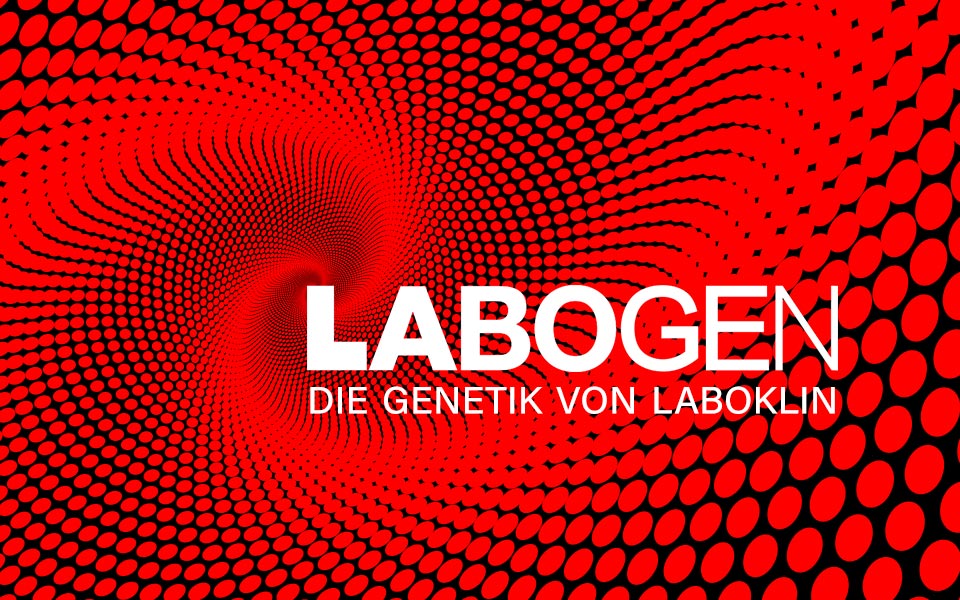C-Lokus (OCA4)
C-Lokus (OCA4)
General description
Besides to the known genetic variants that could cause albinism in the breeds German Spitz, Lhasa Apso, Pekingese and Pomeranian, a variant of the SLC45A2 gene has been found to cause OCA in the breed Bullmastiff. Dogs which are homozygous for this variant are described as almost-white due to the nearly complete loss of both pheomelanin and eumelanin production. They only show minimale pale pigmentation of the skin and the hair and have blue eyes. However, no additional health problems (for example no photophobia or eye squinting) have been reported so far.
Breeds
Bullmastiff
Order details
| Test number | 8613 |
| Abbreviation | OCA4 |
| Sample material | 0.5 ml EDTA blood, 2x cheek swab, 1x special swab (eNAT) |
| Test duration | 7-14 working days |
Test specifications
| Inheritance | autosomal recessive |
| Gene | SLC45A2 |
| Mutation | DEL |
| Literature | OMIA:001821-9615 |
Detailed description
The term albinism describes a group of disorders of the melanin synthesis. Two types of albinism are known: the oculocutaneous albinism (OCA), where eyes and skin are affected, and the ocular albinism (OA), where only the eyes are affected. Depending on the function and the type of the mutation, the synthesis of the pigments eumelanin and phaeomelanin is blocked completely or partially. If the synthesis of the pigments is blocked completely, the dog appears white with pink skin, nose leather, paw pads, lips and either pink or red irises. Several breed-specific mutations in the SLC45A2 gene have been found to cause albinism in dogs. The gene product of SLC45A2 is a membrane-associated transporter protein (MATP) and is involved in the pigmentation pathway. Therefore, mutations in SLC45A2 are associated with a reduction of the melanin synthesis. Besides to the known genetic variants that could cause albinism in the breeds French Bulldog, German Spitz, Lhasa Apso, Pekingese and Pomeranian, a variant of the SLC45A2 gene has been found to cause OCA in the breed Bullmastiff. Dogs which are homozygous for this variant are described as almost-white due to the nearly complete loss of both pheomelanin and eumelanin production. They only show minimale pale pigmentation of the skin and the hair and have blue eyes. However, no additional health problems (for example no photophobia or eye squinting) have been reported so far.


